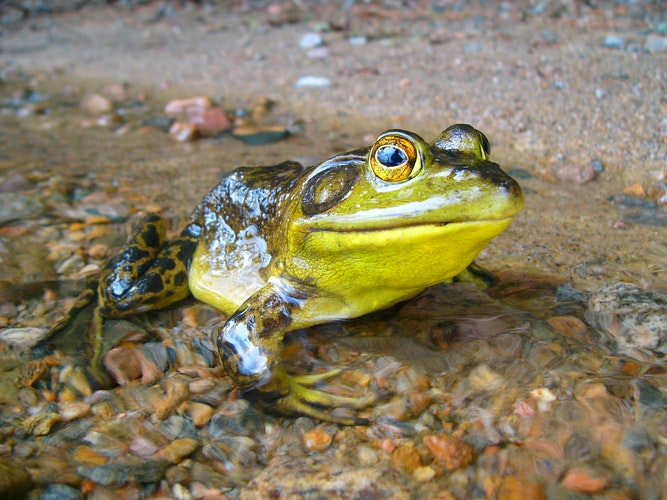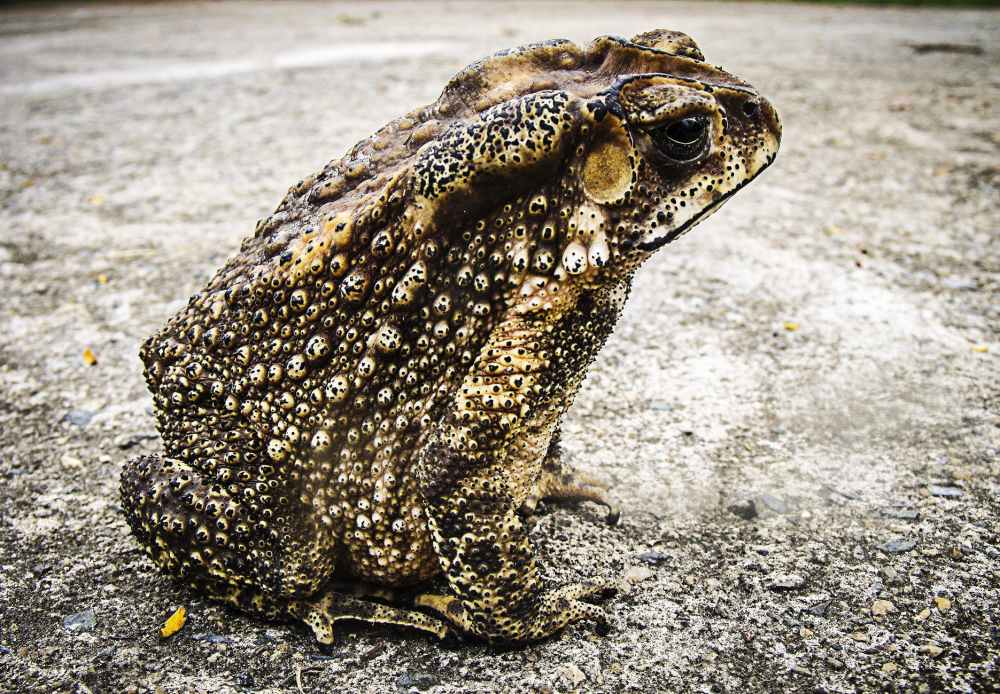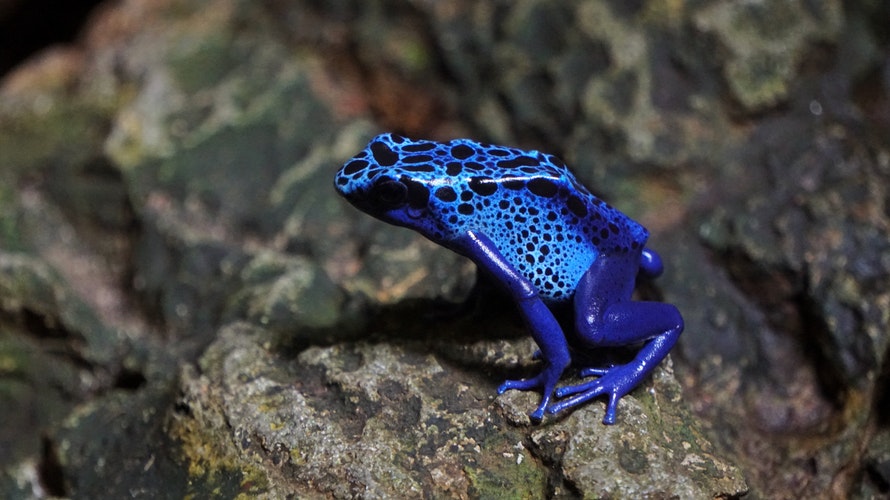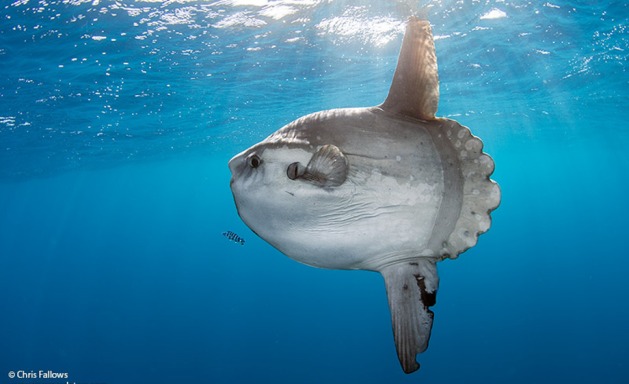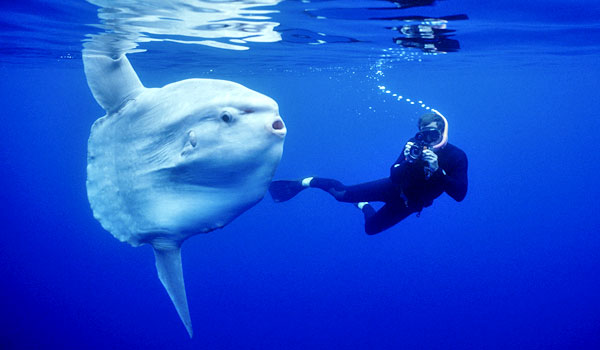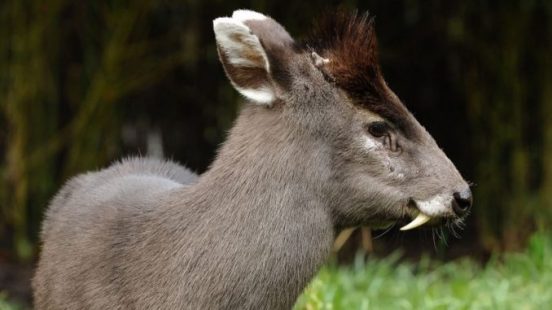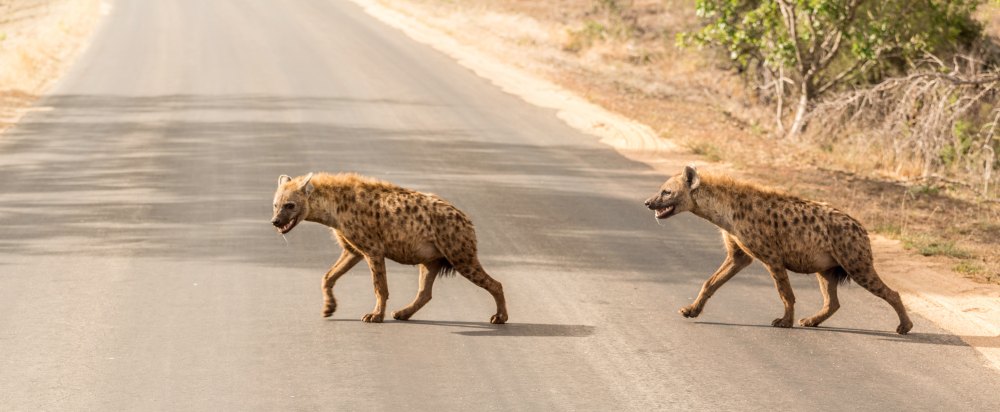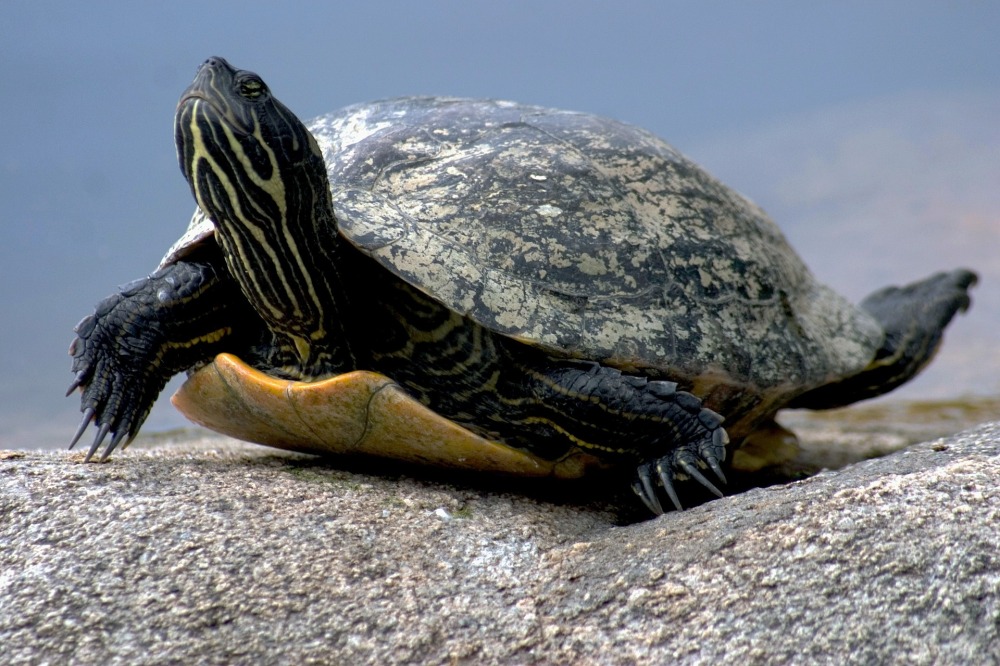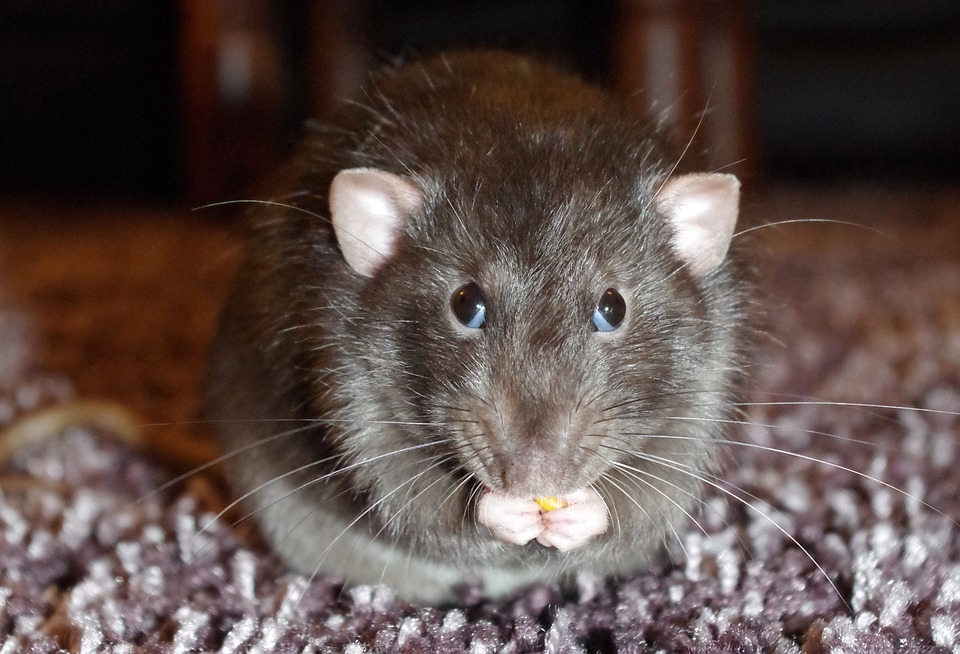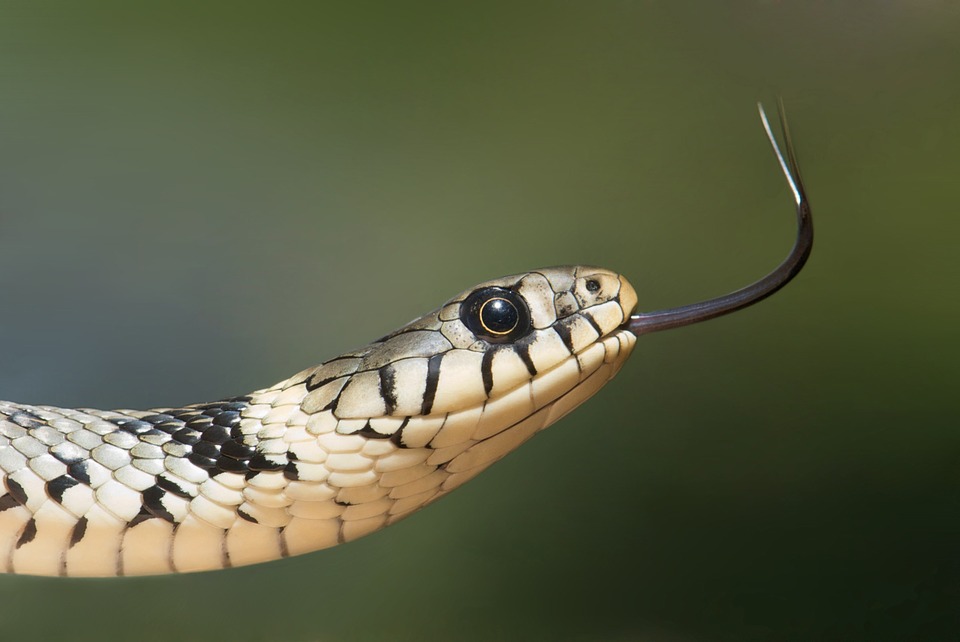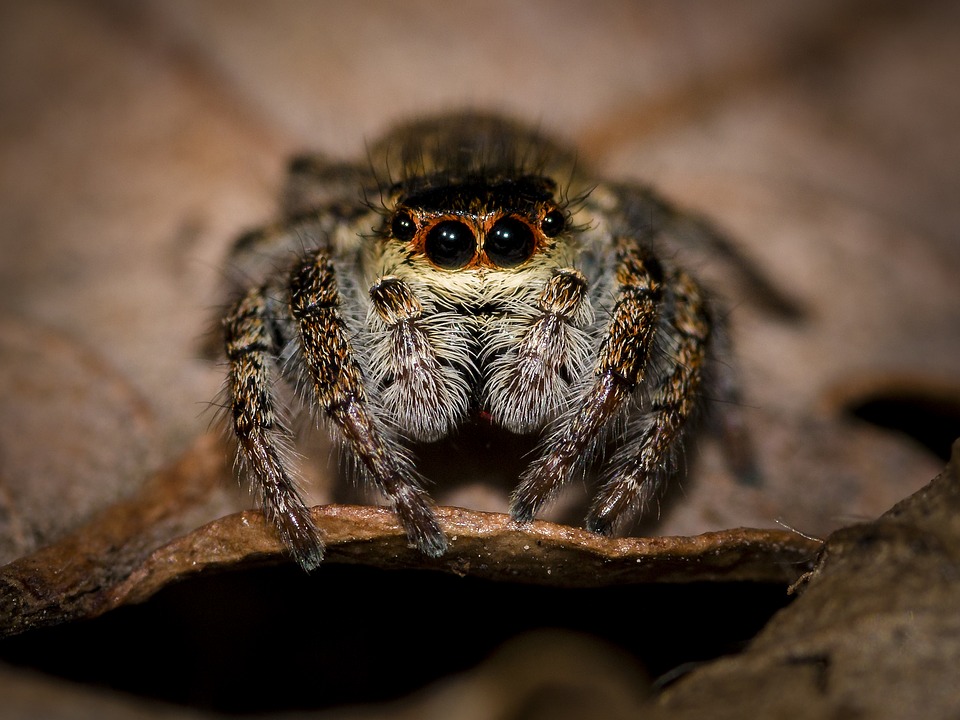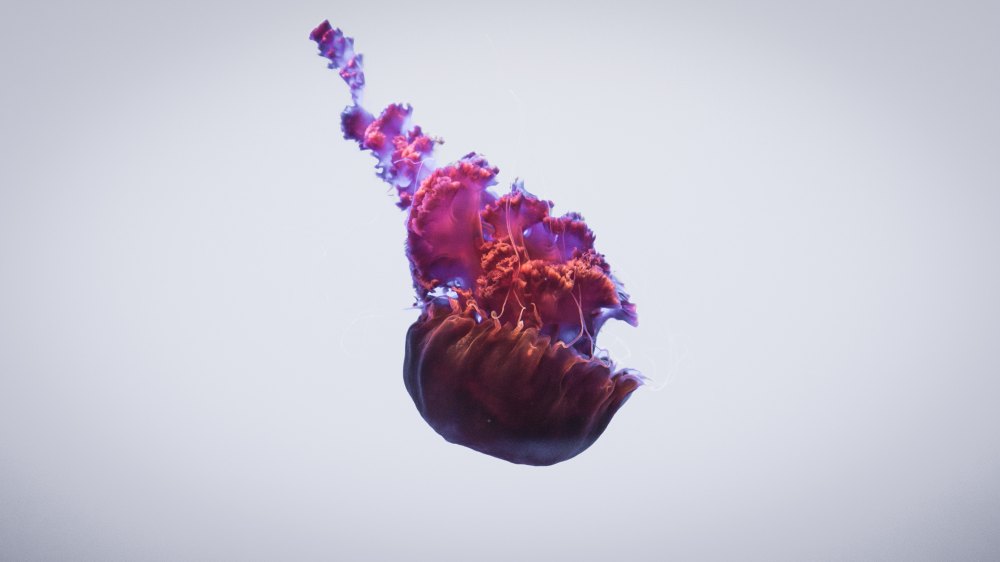Alright! Lets get down to it, a few more critters in our ‘most hated’ list to cover!
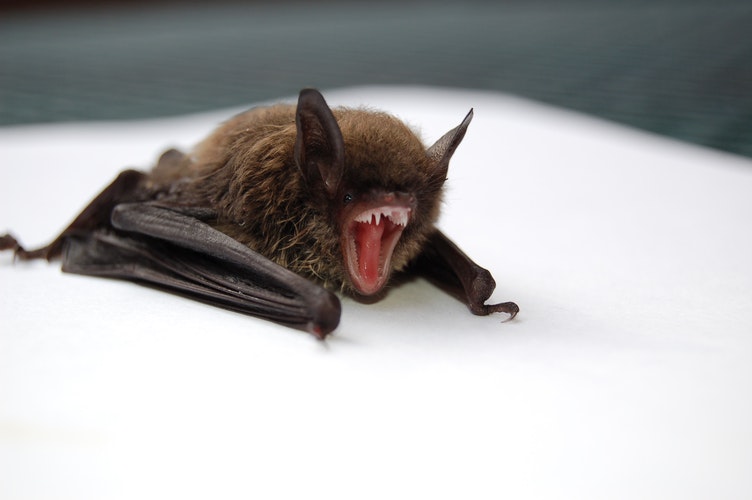
Well maybe if they would stop screaming, we would like them more.
Bats–These poor little dudes, years of bad press have really done a number on these guys, and that whole Dracula thing really didn’t help (I’m looking at you Bram). Bats have long been associated with the mysterious and the supernatural. Negative folklore, suspicions and just a mass misunderstanding have really made the majority of us hate bats. Aside from people associating bats with witches and vampires and all sorts of things that go bump in the night, many people assume all bats carry rabies and they are a direct threat to….well…everyone. In actuality, its pretty uncommon for a bat to even carry rabies. Less than 1/2 of 1% of bats may contract rabies, other wild animals such as foxes, skunks and raccoons are far more likely to be a carrier for the disease. Only 1 or 2 people a year in the United States die from bat related rabies a year, making it far more likely that you would contract leprosy or the plague (I’m not a doctor, but I think that makes it pretty damn unlikely). Bats do a ton of a lot more good than they do bad, one tiny little brown bat can eat 1000 mosquitos in just an hour!! And if you like tequila (and who doesn’t?) you better learn to like bats, tequila is produced from agave plants whose seed production drops to 1/3000th of normal without bat pollinators. And and and… an anti-coagulant in vampire bat saliva is even used to treat heart and stroke patients! That is pretty damn cool. In all reality, I could go on and on about the cool shit bats do, and how they are pretty awesome…but your just gonna have to trust me on it! Be nice to bats. Make Batman proud.

Or else…..

Opossums- You know that saying, “don’t judge a book by its cover”, well….nobody seems to apply that to opossums. Straight up, they are ugly, that weird mottled color, bristly hair, the naked rat like tail and those teeth!! I’m all for embracing your natural beauty but…ehh….a makeover might not hurt these little critters. As with so many other animals on this list rabies seems to be the number one reason why we tend to ‘dislike’ these guys, but would it surprise you to know that opossums are mostly immune to rabies?! Yup. IMMUNE. They can eat up rabid pests without passing along the disease to anything else, they are actually 8 times less likely to carry rabies compared to wild dogs. But what about that nasty reputation as a scavenger, always getting into your garbage cans and messing up you lawn or home…..well its true, but it’s also not always a bad thing! These dudes totally love eating insects (one of their favorites are mosquitos!),rodents, snakes and even slugs and snails! They also have a high need for calcium so when they do scavenge, they actually eat most of the bones as well!! They are also the only marsupial found north of Mexico, they carry their babies in their pouch until they are old enough to ride on their back. Lets be honest, under that ugly, weird exterior…..opossums just want to protect you from all sorts of other nasties!

Hey girl heyyyyyyy.
Skunks– Before we really get down to the nitty-gritty about skunks, let’s get a little personal here. At my last house, early one morning (think 5:30, the sun isn’t even up yet) I got up to go to work, I had to let my dogs out and I was standing in the dark with them waiting for them to finish up so we could go inside and I could get ready for the day. As I let them off their leads, my one dog takes off running into the darkness…I obviously freak out and start to chase him….like wtf was he doing??? As I round the corner and see him, I can see that he’s ‘attacking’ something? I’m thinking he caught a rabbit and I am freaked out, I do not need blood and guts this early in the morning, so in my morning stupor I jump into the fray and attempt to pull my dog from whatever poor victim he is attacking….and thats when I realize, this aint no rabbit….its Carl, our resident yard skunk. Lets be honest, at this point I’m screaming, I’ve tackled my dog and touched a skunk and it’s not even daylight yet, where did I go wrong? What did I do in a past life to deserve this? I pull my dog off of Carl and Carl the skunk scampers back into the darkness and the dog and I take off running to the house…I couldn’t smell anything yet so I figure, if I run fast enough I can avoid the spray cloud right? WRONG. Dead wrong. Once back in the house, the stench hits me, it smells so strong my eyes water and I have a little trouble breathing….the dog and myself had been sprayed by a freaking skunk….
I do not tell this story for no reason (well kinda, it’s just a hilarious story so I gotta share!), the stink that skunks produce is the main reason why people hate them. Obviously this poor skunk was caught off guard and they only use their spray when defending themselves, but man alive, its awful! Rabies also once again rears its ugly head too as a reason to dislike skunks and I can’t even really defend them on this one…..they are pretty well-known to carry rabies. They are also pretty reckless scavengers, they will dig large holes throughout a yard looking for morsels like grubs and snails, and if they cant find any in the yard they will just tear through your garbage instead…yay! Not. Now skunks are just kinds of stinky pains in the ass, but they are cute and as always…all animals are important, and skunks play a vital role in the ‘circle of life’ *cue music*. They are very beneficial in controlling the mice and insect populations, which are both animals that destroy crops! So, cheers to you, ya smelly bastards!
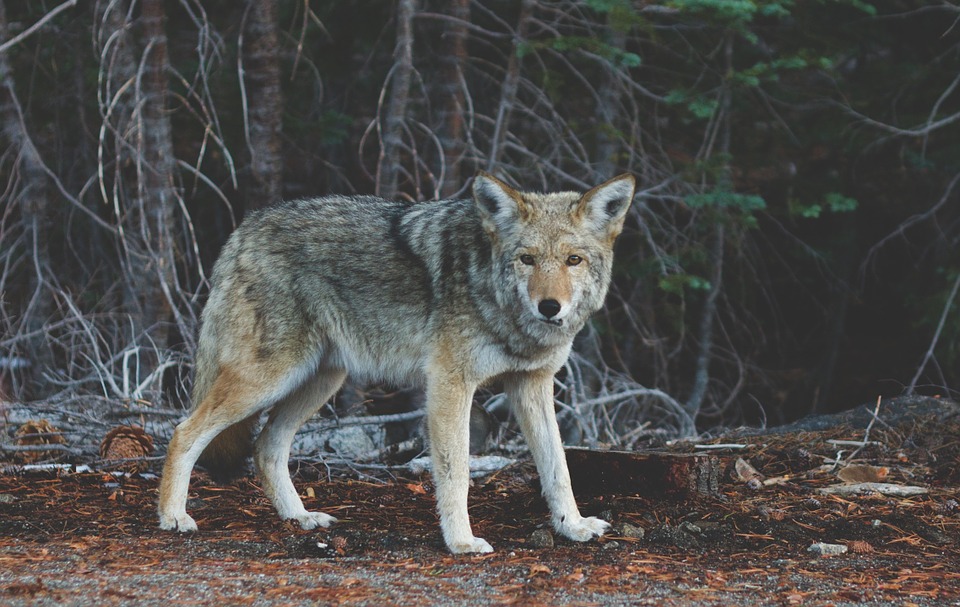
No he will not play fetch with you.
And last but certainly not least……
Coyotes-Ok where I’m from (rural, farm land midwest….please stand up) these guys are the numero uno villain. In Ohio for instance, it is always open season on coyotes, contests are even held for coyote hunts! The question “are coyotes bad?” is pretty polarizing, hunters, farmers, families with pets that live outside etc are usually pretty much against the existence of coyotes, but what does that mean for the coyotes themselves? Is it true? Are they actually just assholes? Well, as always there are two sides to every coin, straight up…coyotes prey on deer. They mainly prey on fawns, but will hunt full-grown deer when necessary. They will also prey on household pets and farm animals if the situation presents itself (think of it this way, you always try to eat healthy, but one day you’re starving, and someone offers you a slice of pizza…..are you gonna say no?). But according to the top two coyote removal studies conducted concerning white tail deer populations, coyote removal does not affect overall population growth, but does affect overall fawn survival…for a time. What this means is that, coyotes prey on fawns, but many of these fawns would not survive into adulthood anyway, meaning the general population stays the same regardless if coyotes are present or not! Interesting stuff, and trust me, a whole other post could be dedicated to just this thought, so forgive my brevity. On the bad side of the coin, coyotes do carry rabies, and they have adapted shockingly well to their new urban environments…..all the lower 48 states have coyotes to some extent or another. But despite their sometimes crappy behavior (eating the family cat, or ruining your favorite hunting spot) they are a keystone species, meaning that their presence or absence has a significant impact on the surrounding biological community. A keystone species is an animal that has a disproportionately large effect on its environment relative to its abundance (thanks Wikipedia!) and they maintain the ‘proper’ ecological structure in said envrionment…….sooo, in short, coyotes are pretty damn important! Think of it this way, think of a keystone in an arch…
While the keystone is under the least pressure of any of the stones in an arch, the arch still collapses with out it…pretty cool way to look at a lot of the creatures we consider, gross, mean, useless etc…..without them, we may not have the world we have today!
Thanks as always:
http://www.freshvista.com/2013/patterns-in-nature-coyotes-are-good-guys/
http://tracker.cci.fsu.edu/skunk/about/what/
https://skunksmellremoval.wordpress.com/201102/28/four-reasons-to-hate-skunks/
https://www.houstoniamag.com/articles/2016/6/20/possums-marsupials-july-2016
And any and all things wikipedia….obviously.


